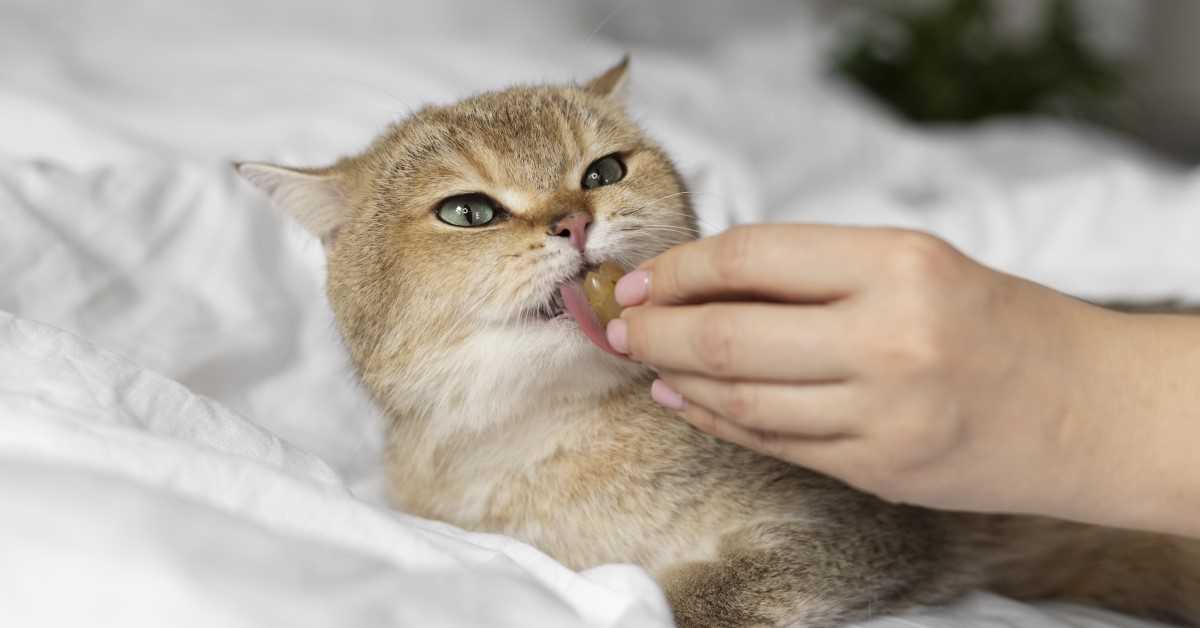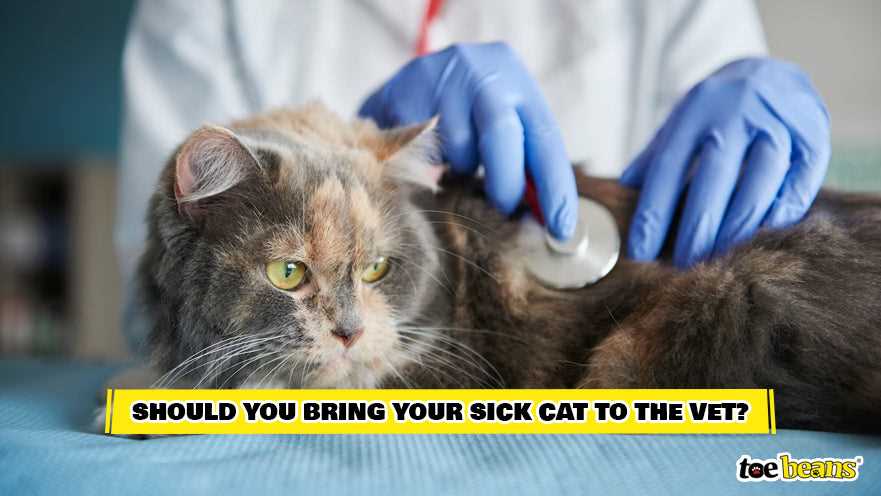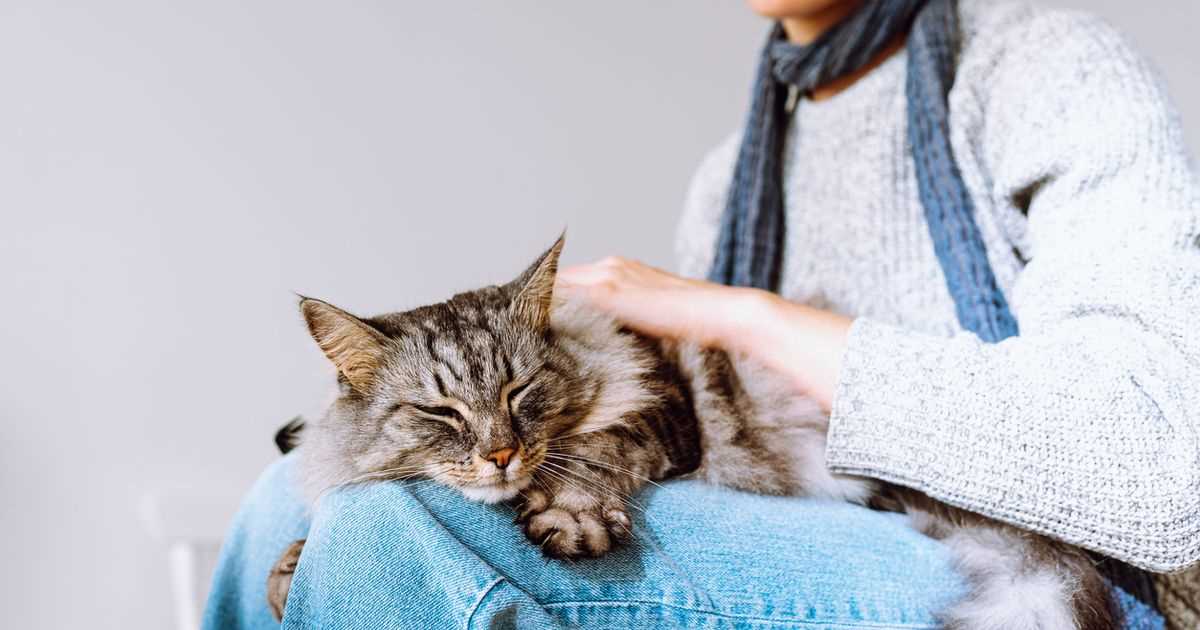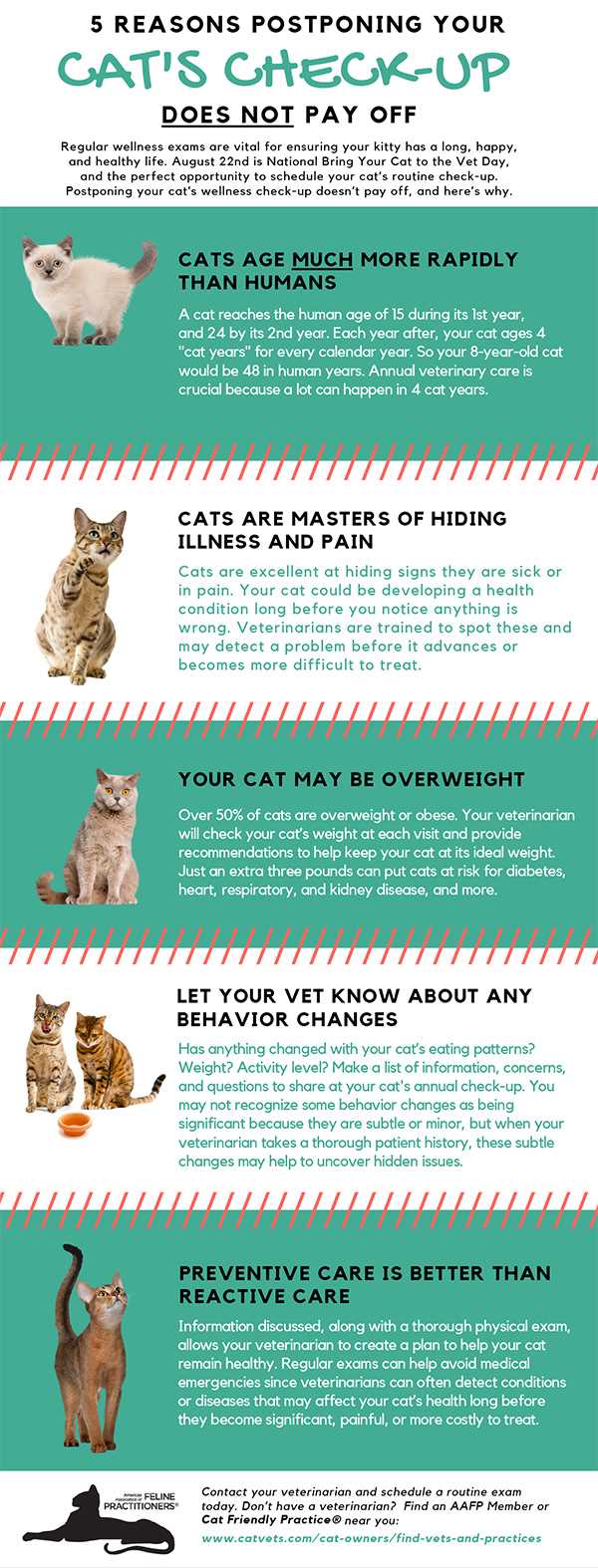Seeking immediate veterinary assistance is the first step in addressing any health issues. A professional examination can identify the underlying cause of any discomfort or symptoms. Keep a record of noticeable changes in behavior, appetite, or appearance to provide valuable information during the visit.
Ensure a comfortable environment at home. A quiet, warm space with familiar bedding can help ease stress. Hydration is key; offering fresh water frequently encourages drinking, which is vital for recovery. If drinking is an issue, consider using a syringe to administer fluids, but only if advised by a veterinarian.
Monitoring food intake is equally important. Offering small, palatable meals can stimulate appetite. Wet food may be more appealing and easier to consume. If a specific diet is recommended, following those guidelines can significantly aid in recovery.
Regular observation is necessary to track any changes in the pet’s condition. Taking note of symptoms such as vomiting, lethargy, or changes in litter box habits can provide critical insights to the veterinarian. Early intervention can make a significant difference in the outcome.
Identifying Symptoms of Illness in Cats
Pay attention to changes in behavior, appetite, and energy levels. Sudden withdrawal or hiding often indicates discomfort or pain. A noticeable decrease in food intake or refusal to eat altogether raises an alarm. Keep an eye on water consumption as well; excessive thirst or lack of drinking may signal underlying issues.
Common Signs to Watch For

Monitoring litter box habits is crucial. Constipation, diarrhea, or unusual urination patterns can hint at health problems. Additionally, vomiting, coughing, or sneezing should not be overlooked. Examine the coat; a dull or unkempt appearance can suggest a lack of well-being.
Behavioral Changes
Vocalization changes may also provide insight. Increased meowing or unusual sounds can signify distress. If a normally affectionate feline becomes distant, or vice versa, it’s time to investigate further. Consider using an automatic litter box for older cats to make monitoring easier.
Overall, being observant and responsive to these signs is key to ensuring the well-being of a furry friend.
Consulting a Veterinarian: When and How

Immediate consultation with a veterinarian is necessary if any severe symptoms arise, such as persistent vomiting, diarrhea, lethargy, or difficulty breathing. Delaying a visit can worsen conditions that may require urgent attention.
Signs Indicating a Vet Visit

- Loss of appetite lasting more than 24 hours
- Unusual behavior, such as hiding or aggression
- Signs of pain, such as vocalizing or sensitivity to touch
- Changes in drinking habits, either excessive thirst or refusal to drink
- Any visible injuries, swelling, or unusual lumps
Preparing for the Appointment
Gather relevant information before heading to the clinic:
- Document any symptoms observed, including their duration and frequency.
- Compile a list of recent dietary changes or exposure to toxins.
- Bring along any medications currently administered.
Arriving early allows for a calm experience, providing time to fill out necessary paperwork and acclimate to the environment.
Home Care Tips for Minor Ailments
Hydration is key. Always ensure fresh water is available; dehydration can worsen minor issues. Consider offering ice cubes or an ice chip for those who prefer a playful approach to drinking.
Monitor food intake closely. If appetite decreases, try warming up food or offering a favorite treat to stimulate interest. Small, frequent meals can help maintain energy levels.
Grooming plays a significant role in recovery. Regular brushing can prevent mats and help with skin irritation. Pay attention to areas where the fur may hide signs of discomfort or injury.
Provide a quiet, comfortable space for rest. A cozy blanket or favorite bed can encourage relaxation, which is crucial for healing. Minimize noise and disturbances to create a peaceful environment.
Keep an eye on litter box habits. Changes in urination or defecation patterns can signal underlying problems. Maintain cleanliness to encourage usage and monitor any abnormalities.
Temperature checks are simple yet effective. A normal range is between 100.5°F and 102.5°F. Use a digital thermometer designed for pets for accuracy. If elevated, consult a professional.
Introduce gentle play to maintain mental stimulation without causing stress. Short sessions with favorite toys can keep spirits up while ensuring physical activity remains manageable.
Herbal remedies, such as chamomile or catnip, may provide comfort. Always research and verify safe options before introducing anything new, ensuring they don’t interfere with any existing conditions.
Daily observation is crucial. Note any behavioral changes, such as increased sleeping or unusual hiding. This information can be valuable for discussions with veterinary professionals.
Maintain a calm demeanor. Cats often pick up on human emotions; a relaxed approach can help ease any anxiety during recovery periods.
Medications: Dosage and Administration

For proper recovery, accurate dosage is crucial. Always refer to the veterinarian’s guidance for specific medications, as dosages vary based on weight and condition.
| Medication | Dosage (mg/kg) | Administration Method |
|---|---|---|
| Amoxicillin | 10-20 | Oral; can mix with food |
| Metronidazole | 5-10 | Oral; give with food for better absorption |
| Carprofen | 2-4 | Oral; may be given as a treat |
| Prednisone | 0.5-1 | Oral; can be administered with food |
| Furosemide | 1-2 | Oral; ensure plenty of water is available |
Crushing tablets for easier intake is an option, but always confirm if a specific medication allows this. Liquid forms might be preferable for some, ensuring compliance during administration.
Timing matters. Medications may need to be given with or without food, affecting absorption and effectiveness. Consistency in timing can aid in maintaining stable levels in the system.
Monitoring for side effects is essential after starting any new medication. Signs such as vomiting, diarrhea, or changes in behavior should prompt immediate consultation with a veterinarian.
Monitoring Recovery: Signs to Watch For
Pay close attention to changes in behavior and daily habits. A return to normal eating and drinking is a positive sign. If I start to show interest in my favorite treats or my water bowl, it’s a good indicator that my health is improving.
Physical Indicators
Look for signs such as brighter eyes, a shiny coat, and a relaxed posture. If I’m grooming myself again or stretching frequently, these actions suggest I’m feeling better. Monitor for a normal elimination pattern as well; any changes could signal ongoing issues.
Behavioral Changes
Increased activity or playfulness often signifies recovery. If I’m engaging with toys or exploring my surroundings, it’s a sign of progress. Conversely, retreating or hiding too much may indicate I still need support. Consistent monitoring is key; if anything seems off, consult with a vet.
For those who may need to clean up after a messy situation, consider the best pressure washer for graffiti removal to maintain a tidy environment while caring for me. Keeping my space clean helps create a stress-free atmosphere during my recovery.
Preventive Measures to Avoid Future Illness
Regular veterinary check-ups are a must. Scheduling annual visits ensures that health issues are caught early. Vaccinations play a key role in preventing diseases that can affect well-being. Staying up-to-date with these shots is crucial.
Maintaining a balanced diet significantly impacts my health. Choosing high-quality cat food tailored to age and lifestyle boosts immunity. Fresh water availability is equally important for hydration and kidney function.
Engaging in daily playtime fosters physical fitness and mental stimulation. Interactive toys and climbing structures keep energy levels high and reduce stress. Regular exercise helps prevent obesity and related health problems.
Grooming sessions are essential for maintaining coat health. Regular brushing reduces shedding and prevents matting, which can lead to skin issues. It also allows for early detection of any skin abnormalities.
Dental care cannot be overlooked. Providing dental treats and toys supports oral hygiene, reducing the likelihood of dental diseases. Regular teeth brushing is beneficial for long-term dental health.
Monitoring behavior closely aids in recognizing any changes that may indicate underlying issues. Keeping track of eating habits, litter box usage, and energy levels contributes to overall well-being. A sudden change can be an early sign of trouble.
Creating a stress-free environment is vital. Safe spaces for relaxation and hiding spots help manage anxiety. Reducing loud noises and sudden changes in routine can prevent stress-related health issues.
Flea and tick prevention should be part of routine care. Using preventive treatments minimizes the risk of infestations that can lead to serious health complications.
Keeping the living area clean and free from hazards protects from accidents and illnesses. Regularly cleaning litter boxes and removing toxic plants contributes to a healthier environment.






